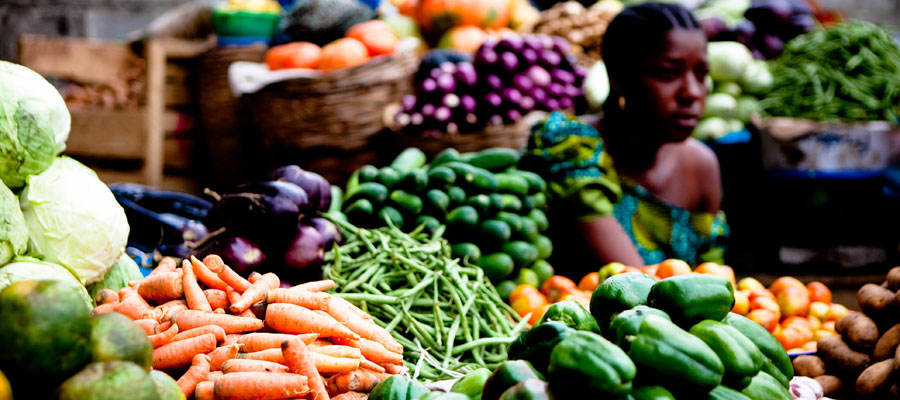Sub Saharan Africa (ex: South Africa) is made up of 47 countries and represents the fastest growing region in the world. It has a young population of 853 Million, a GDP of over $1 Trillion and is estimated to have over 50% of the world uncultivated farmland and vast reserves of other natural resources. The countries of the region have turned the corner towards growth with economic reforms taking root along with democracy and increasing political stability.
Sub Saharan Africa has maintained its strong growth trajectory in the face of a spluttering world economic recovery. Albeit with different rates among the countries, the economic growth has been widespread with most countries in the region recording growth rates that where thought unattainable in the a few decades ago.
Sub Saharan Africa is not a homogenous region by any measure, the countries differ in their relative income levels, economic drivers, population and democratic/government institutions. The one thing they all share in common however is that they all largely depend on the exporting of commodities (Soft, hard, energy etc.) and import a large proportion of the finished goods they consume. They also share an infrastructure deficit and a young population. These attributes contribute to the economic potential of the region, which funded by stronger export proceeds will drive the growth in manufacturing capacity of these countries and reduce their reliance on exporting raw materials and increase local manufacture and consumption of finished goods.
The financial markets of Sub Saharan Africa have followed a similar trajectory. Many countries/regions now have stock exchanges where securities of local and some international companies are traded and also with an increasingly defined monetary policy regime we see an increasing issuance of domestic bonds and bills which are now replacing the foreign borrowing of the past. The regulation of the financial markets are evolving and information remains difficult to obtain, however they are improving and have come through real live tests like the global economic collapse of 2008 and the civil war in Cote d’Ivoire in 2011. In both cases the financial systems held, and in the case of the Ivorian disturbance was only disrupted for a few trading sessions.

